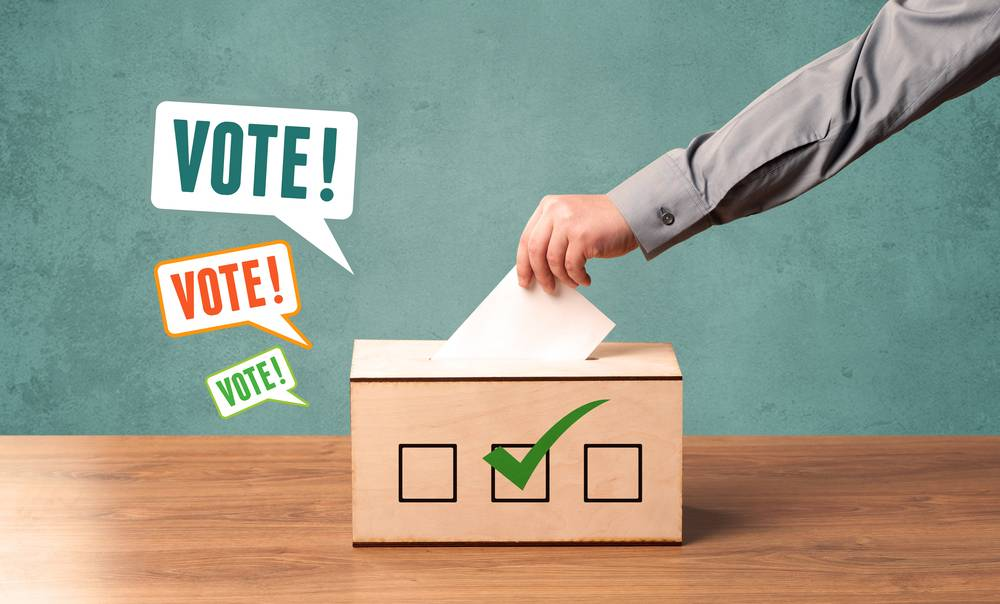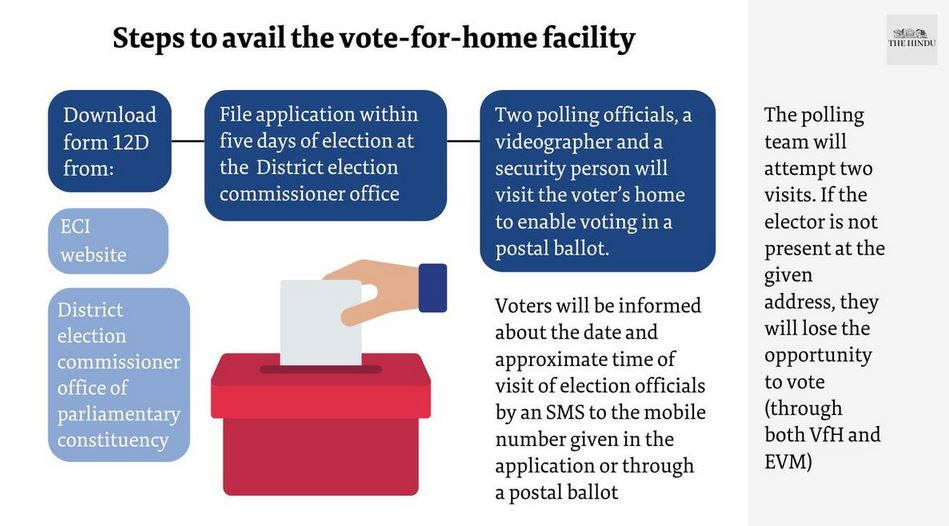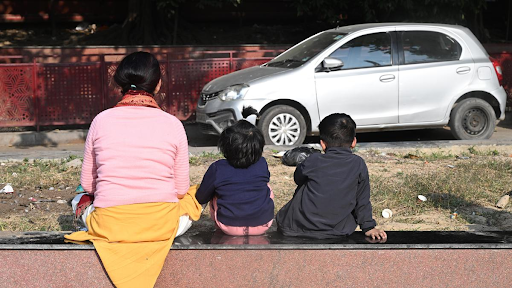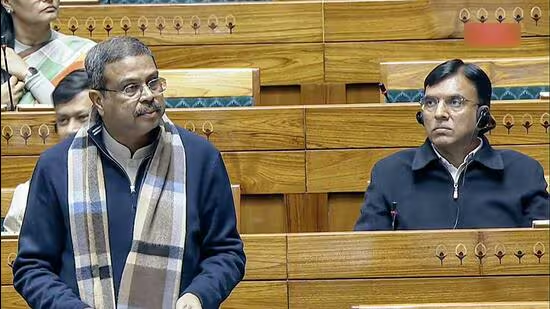Description

Copyright infringement not intended
Picture Courtesy: https://www.indiafilings.com/learn/voting-by-postal-ballot/
Context: The Election Commission's decision to introduce postal voting for polling personnel engaged in election duties in Kallakurichi district, Tamil Nadu was a significant step towards ensuring electoral participation among government employees who were unable to vote at their designated polling stations due to official responsibilities.
Details
- Postal ballots, also referred to as mail-in ballots, have emerged as a vital mechanism to facilitate voting for registered voters who are unable to physically visit polling stations on election day.
- This innovative system enhances inclusivity and accessibility in the electoral process, ensuring that eligible electors can exercise their right to vote irrespective of their circumstances.
What are Postal Ballots?
- Postal ballots enable registered voters to cast their votes by mail, eliminating the need to appear in person at a polling station.
- This alternative voting method is especially beneficial for individuals facing constraints such as geographical distance from their home constituency, disability, work commitments, or those engaged in essential services on Election Day.

Several categories of electors are eligible to opt for postal ballots
- Service Voters: Members of the armed forces, paramilitary forces, and government employees deployed on election duty away from their home constituencies.
- Absentee Voters: Individuals unable to vote in person due to work commitments, illness, or disability.
- Electors on Election Duty: Government officials and polling staff are assigned duties at polling stations other than their own.
- Electors under Preventive Detention: Individuals detained under preventive custody during the election period.
- Essential Services Personnel: Media persons authorised by the Election Commission (EC) and those engaged in critical services such as transportation (metros, railways), healthcare, etc., on polling day.
|
The Ministry of Law and Justice amended the Conduct of Election Rules to include Persons with Disabilities (PwDs) aged 85 and above as eligible voters through postal ballots.
|
Applying for a Postal Ballot
- To apply for a postal ballot, eligible voters must submit Form 12 D to the Returning Officer (RO) of their respective constituency. This application requires personal details, voter identification information, and a valid reason for opting for a postal ballot. The RO verifies eligibility based on the provided criteria and issues the postal ballot if requirements are met.
- For service voters, the RO dispatches the postal ballot paper either directly or through the Ministry of External Affairs for those serving outside India. Senior citizens benefit from a special arrangement where polling officials, accompanied by a videographer and security personnel, visit their residences to facilitate the process. Voters are notified of the visit details via SMS.
Process of Postal Voting
- Receiving the Postal Ballot: Upon approval, the RO dispatches the postal ballot to the voter's registered address, containing the ballot paper, declaration form, secrecy sleeve, and a pre-paid return envelope.
- Marking the Ballot: Voters mark their preferred candidate(s) on the ballot paper within the secrecy sleeve to ensure confidentiality.
- Completing the Declaration Form: Voters fill out the declaration form, providing their signature and other relevant details.
- Sealing the Envelope: The marked ballot paper and declaration form are sealed inside the secrecy sleeve and placed into the pre-paid return envelope.
- Returning the Postal Ballot: Voters affix the required postage stamp and mail the return envelope to the designated address within the specified timeframe.

Counting of Postal Ballots
- Postal ballots are counted separately from votes cast at polling stations. On the designated counting day, postal ballots are collected by postal authorities and transported to the counting centre.
- The RO and election officials meticulously scrutinise each postal ballot for validity and integrity, ensuring that valid ballots are added to the respective candidate's vote count.

Conclusion
- The introduction of postal ballots significantly enhances electoral participation by providing a convenient and accessible voting option for eligible voters unable to physically attend polling stations on election day. This process underscores the commitment to democratic principles and ensures that every eligible citizen can contribute to the electoral process effectively.
Must Read Articles:
POSTAL BALLOT ELIGIBILITY
Source:
BUSINESS STANDARD
|
PRACTICE QUESTION
Q. Which of the following countries allow postal voting for their citizens?
1. United States
2. United Kingdom
3. Australia
4. Canada
Select the correct code:
A) Only one
B) Only two
C) Only three
D) All four
Answer: D
|












